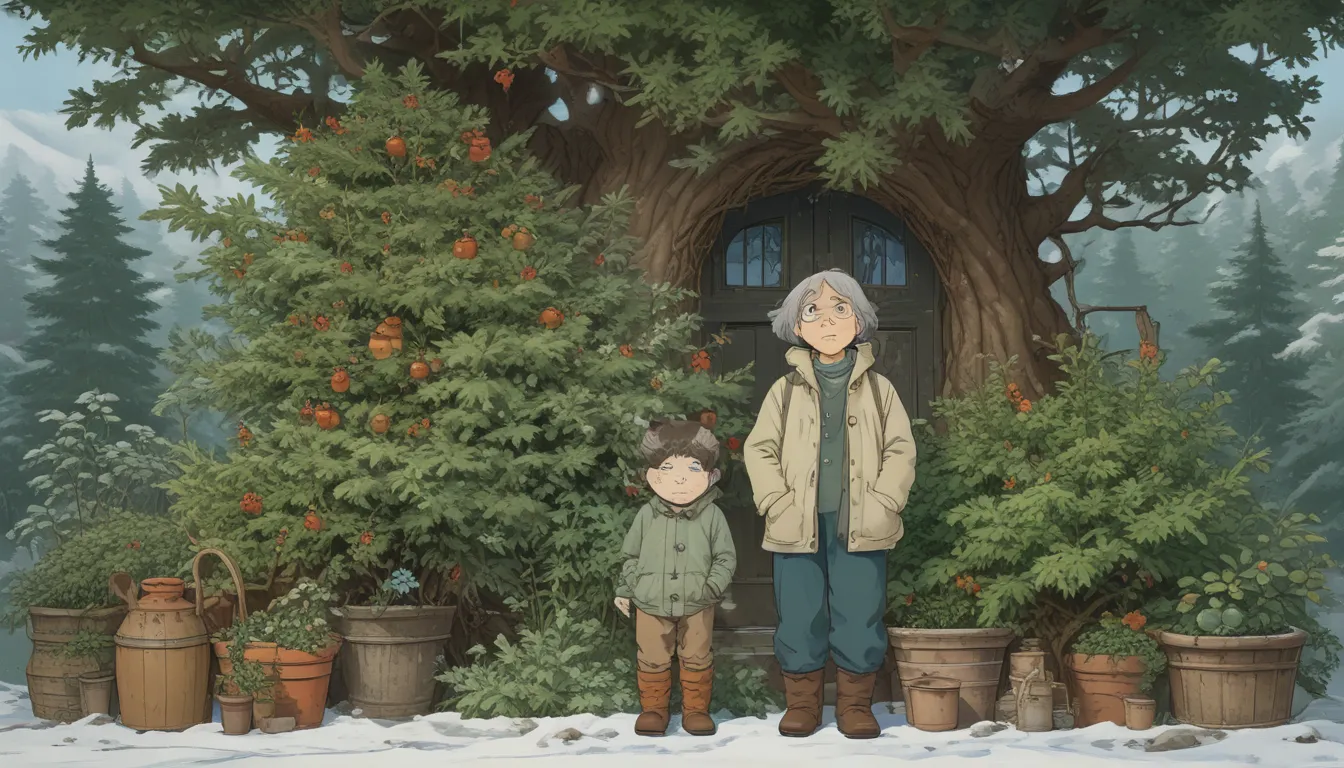Comprehensive Guide to Managing Winter Damage in Evergreen Shrubs

Are your evergreen shrubs losing their lush green color during the winter months? Don’t worry, you’re not alone. Winter can be harsh on these plants, but with the right knowledge and care, you can help them thrive year-round. In this guide, we’ll explore the various types of winter damage that can affect evergreen shrubs and how you can prevent and manage them effectively.
Types of Winter Damage
During the winter months, evergreen shrubs can face several types of damage due to cold temperatures, snow, ice, herbivores, salt, and improper holiday lighting. Let’s take a closer look at each of these threats and how they can impact your plants:
1. Cold Temperature Injury
Cold temperatures can cause damage to evergreen shrubs, particularly if they are not suitable for the local climate. Frost can lead to cell damage, wilting, discoloration, and even death of the plant. It’s essential to choose hardy shrubs for your region and provide proper insulation and care to prevent cold injury.
2. Winterburn
Winterburn occurs when evergreen shrubs lose moisture due to sunlight, wind, and frozen soil. This can lead to brown, decayed, or bleached leaves, affecting the overall health of the plant. Proper watering, insulation, and protection from harsh elements can help prevent winterburn.
3. Snow and Ice Breakage
Excessive snow and ice buildup can weigh down branches and stems, causing them to bend or break. Regularly removing snow from your evergreens can help prevent damage and keep them healthy throughout the winter months.
4. Herbivore Feeding Damage
Deer, rabbits, and other herbivores may turn to evergreen shrubs for food during the winter when their preferred plants are scarce. Fencing, repellents, and proper pruning can help protect your shrubs from feeding damage and ensure their survival.
5. Salt Injury
Salt used for de-icing can harm evergreen shrubs, causing desiccation, foliar browning, and root damage. Avoid using excessive salt near your plants and opt for safer alternatives like calcium chloride or magnesium acetate to protect your shrubs from salt injury.
6. Improper Holiday Lighting
Improperly installed holiday lights can also damage evergreen shrubs. Ensure that your lights are suitable for outdoor use, free of frayed wires, and installed safely to avoid harming your plants.
With these common types of winter damage in mind, let’s explore how you can prevent and manage them effectively to keep your evergreen shrubs healthy and vibrant.
Prevention and Management Strategies
To protect your evergreen shrubs from winter damage, here are some valuable tips and strategies to consider:
- Choose hardy shrubs suitable for your region and climate to prevent cold injury.
- Insulate your plants with mulch, burlap screens, or other protective barriers to shield them from harsh elements.
- Prune weak branches and structures in advance to prevent snow and ice breakage.
- Use fencing, repellents, and proper pruning to protect your shrubs from herbivore feeding damage.
- Avoid excessive salt near your plants and use safer de-icing alternatives to prevent salt injury.
- Install holiday lights safely and avoid damaging your plants with improper lighting practices.
By following these preventive measures and management strategies, you can help your evergreen shrubs thrive throughout the winter season and beyond.
Wrapping Up
Winter can be a challenging time for evergreen shrubs, but with the right care and attention, you can protect them from common types of winter damage and ensure their health and vitality. By choosing suitable plants, providing insulation, and taking preventive measures, you can help your evergreen shrubs withstand the toughest season of the year.
Do you have any questions or tips to share about managing winter damage in evergreen shrubs? Feel free to leave a comment below and join the conversation!
For more insights on protecting your garden from winter damage, check out these informative guides:
- How to Protect Camellias from Cold Damage
- How to Manage Winter Damage in Yews
- How to Protect Rhododendrons in Winter
With these resources at your disposal, you’ll be well-equipped to safeguard your plants from the challenges of winter weather and enjoy a flourishing garden year-round.





